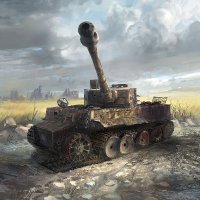
Tank Archives
@Tank_Archives
Military history writer specializing in armoured warfare in the 1930s and 1940s.
ID:4828007182
http://www.tankarchives.ca/ 19-01-2016 23:20:15
19,0K Tweets
41,9K Followers
51 Following

@Tank_Archives
Military history writer specializing in armoured warfare in the 1930s and 1940s.
ID:4828007182
http://www.tankarchives.ca/ 19-01-2016 23:20:15
19,0K Tweets
41,9K Followers
51 Following